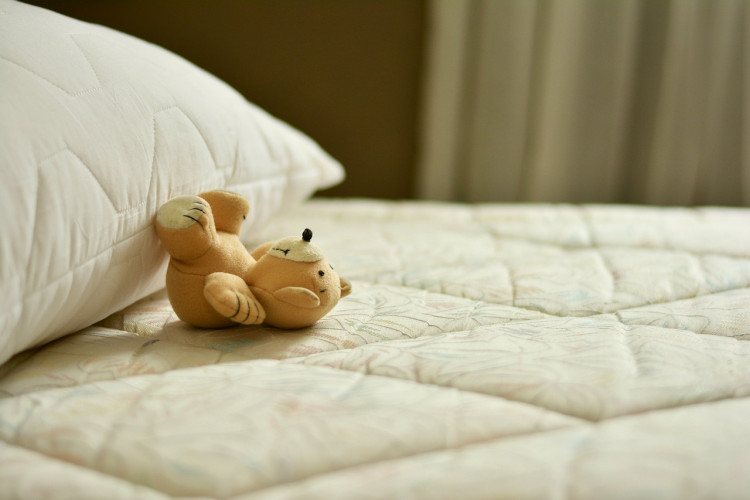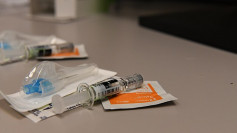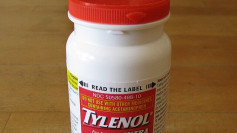Children's mattresses sold in the United States and Canada contain hazardous levels of toxic chemicals that may leach into the air children breathe while they sleep, according to two peer-reviewed studies published this week in Environmental Science & Technology. The findings raise urgent concerns over the presence of phthalates, flame retardants, and ultraviolet (UV) filters in products used by children under four years old.
Researchers analyzed air quality in bedrooms and conducted lab testing on 16 commonly available children's mattress brands. The highest levels of airborne toxins were recorded around the sleeping areas, suggesting off-gassing from the mattresses as the primary source. All mattresses tested contained at least one harmful chemical compound. One mattress was found to consist of 3% flame retardants by weight, and another contained 1% tris(2-chloroethyl) phosphate, or TCEP, a flame retardant banned in Canada since 2014 and classified as a carcinogen.
"We were really shocked to find what was in the mattresses," said Miriam Diamond, an environmental chemist at the University of Toronto and co-author of the study. "The kids are getting quite a dose of this stuff."
Phthalates, which are used as plasticizers, were found not only in plastic mattress covers but also in fabric versions, defying researchers' expectations. These chemicals have been linked to developmental harm, hormonal disruption, reproductive issues, and even cancer. The exposure risk is amplified for children, who breathe in ten times more air than adults relative to body size.
"They're in intimate contact with their mattress in that sleeping environment," said Diamond. "Kids inhale 10 times more air than adults, so that gives the opportunity to be exposed to airborne chemicals a lot more than adults."
Two of the mattresses tested exceeded Canadian federal regulations for phthalates and plasticizers, while others contained compounds restricted in children's products. No equivalent U.S. federal limits exist for flame retardant levels in mattresses, although many types used are known to pose health hazards.
Chris Carlsten, professor of medicine at the University of British Columbia, who was not involved in the research, called the findings troubling. "These are chemicals I think we all should justifiably not want to have in these mattresses of children," he said, adding that the recommendation to use non-toxic bedding should apply to adults as well.
Health Canada has responded by stating it is "carefully reviewing the findings and other available information to identify any risks to human health or non-compliance with legislative or regulatory requirements," and pledged to "take appropriate action to protect people in Canada."
The 16 mattresses studied were priced between $50 and $150 and purchased from leading retail stores. Although brand names were withheld, the products were described as common and widely available in North America. Materials originated from several countries, including China, Mexico, and Turkey, but the study concluded that the country of manufacture was not a decisive factor in chemical presence.
The chemicals detected are semi-volatile, meaning they can slowly evaporate and be inhaled, absorbed through the skin, or ingested by children via dust. The studies simulated the impact of body heat and pressure from a sleeping child and found these factors increased the rate of chemical off-gassing.
To reduce exposure, Diamond advised using protective barriers like terry cloth towels to absorb off-gassed chemicals, opting for mattresses made of wool, cotton, or natural latex, and minimizing soft items on beds. She emphasized, however, that systemic change must come from manufacturers.
"The onus is on the mattress manufacturers," Diamond said. "The mattress manufacturers need to be more vigilant."






